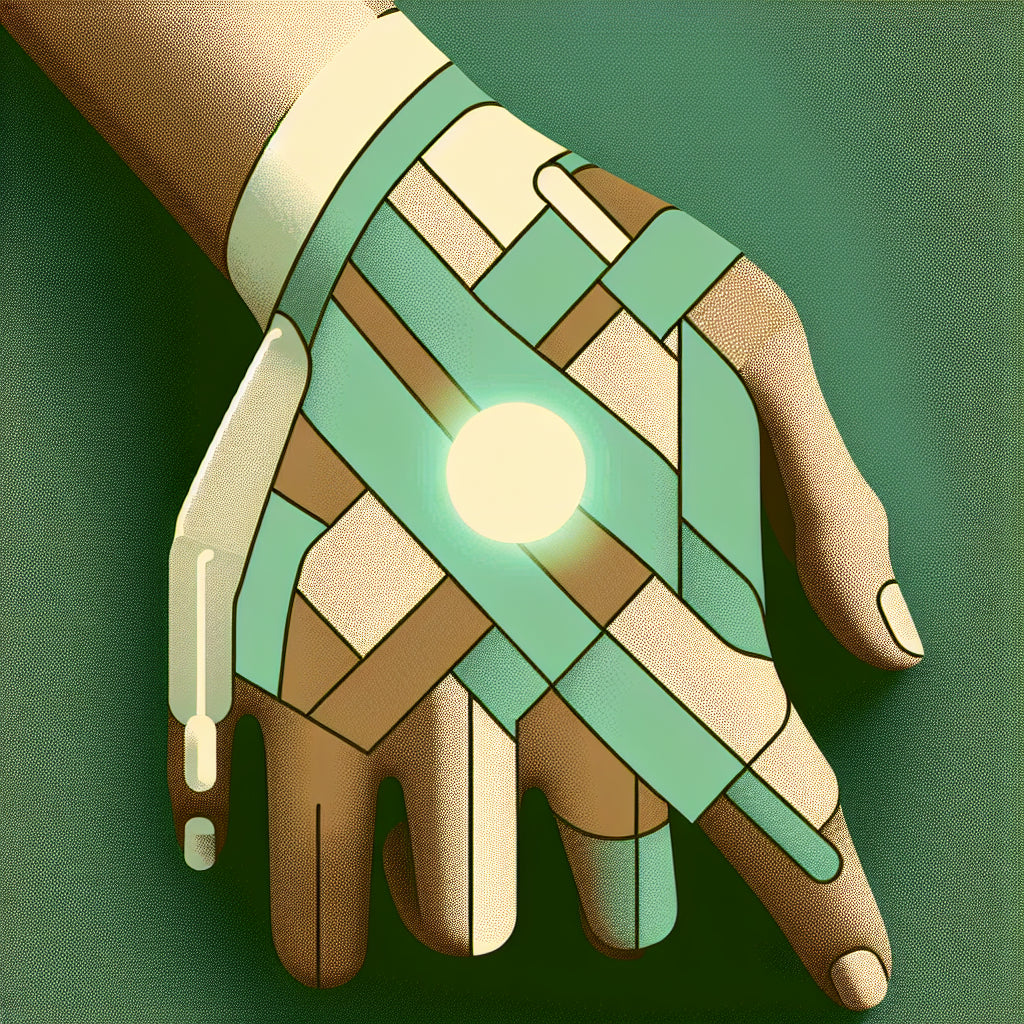
Innovative electric bandages enhance wound healing
Share
Revolutionizing chronic wound care
Chronic wounds, such as diabetic ulcers, pose significant health risks including increased amputation and mortality rates. Traditional treatments often fall short in efficacy and accessibility, prompting researchers to explore advanced solutions. A groundbreaking development in this field is the creation of water-powered, electronics-free dressings (WPEDs) that leverage electrical stimulation to expedite wound healing.
Cost-effective treatment with WPEDs
The innovative WPEDs are designed to be both affordable and effective, addressing the financial and logistical barriers that many patients face with current wound care options. These bandages generate an electric field when activated by a simple application of water, enhancing the healing process without the need for expensive equipment or clinical visits.
Proven effectiveness in preclinical studies
In trials involving diabetic mice, WPEDs have demonstrated a 30% faster healing rate compared to conventional bandages. The technology not only speeds up wound closure but also promotes the formation of new blood vessels and reduces inflammation, indicating a significant improvement in overall wound healing.
Advantages of WPEDs in patient compliance and mobility
One of the key benefits of WPEDs is their ease of use, which enables patients to apply the dressing themselves and continue with their daily activities without interruption. This ease of use is expected to improve treatment adherence and patient outcomes, as consistent treatment application is crucial for effective wound healing.
Future directions and clinical potential
Looking ahead, the research team is focused on optimizing the electrical stimulation provided by WPEDs to further enhance their efficacy. The goal is to advance these dressings to clinical trials and, eventually, to widespread clinical use, potentially transforming the landscape of chronic wound management.
Conclusion
The development of WPEDs represents a significant advancement in the treatment of chronic wounds, offering a practical, cost-effective solution that could substantially improve patient outcomes and reduce healthcare costs associated with long-term wound care.